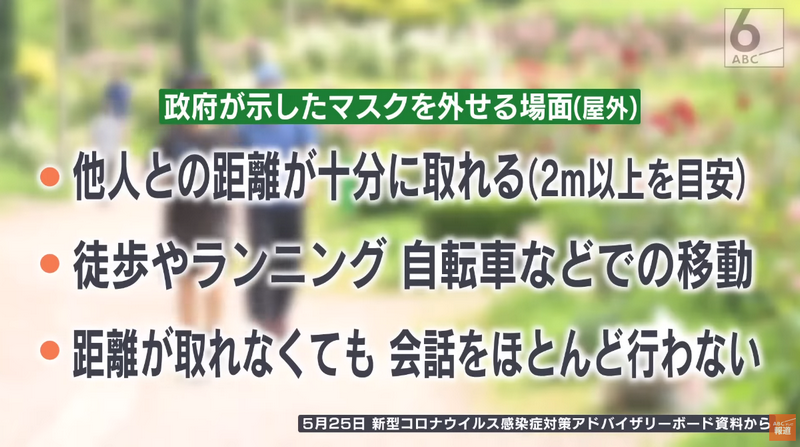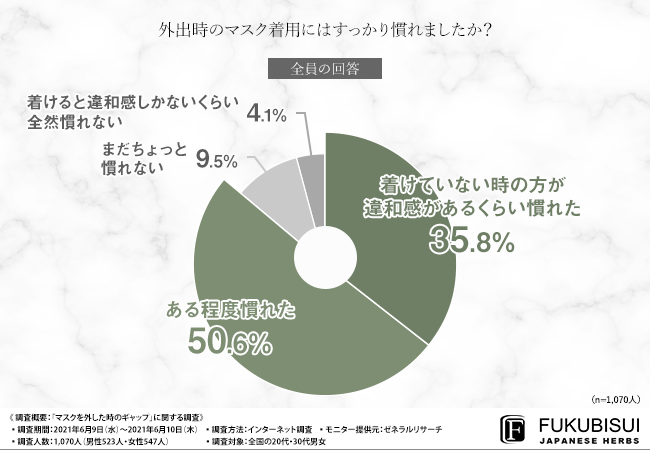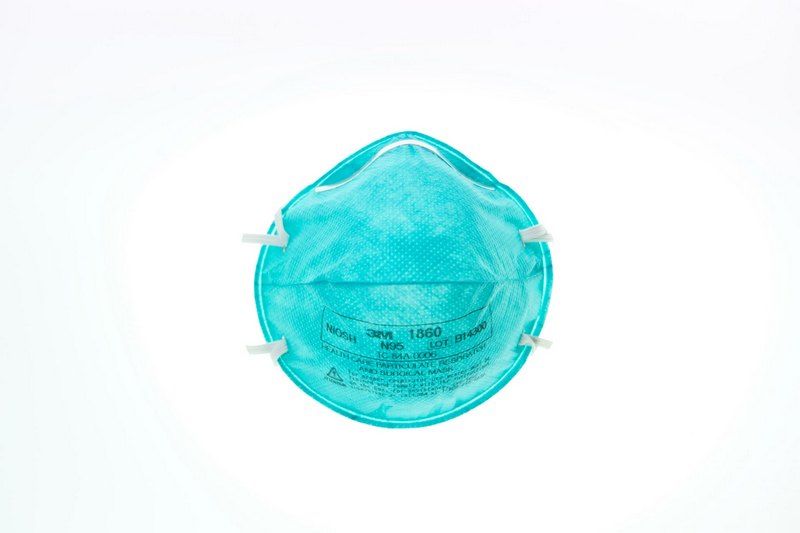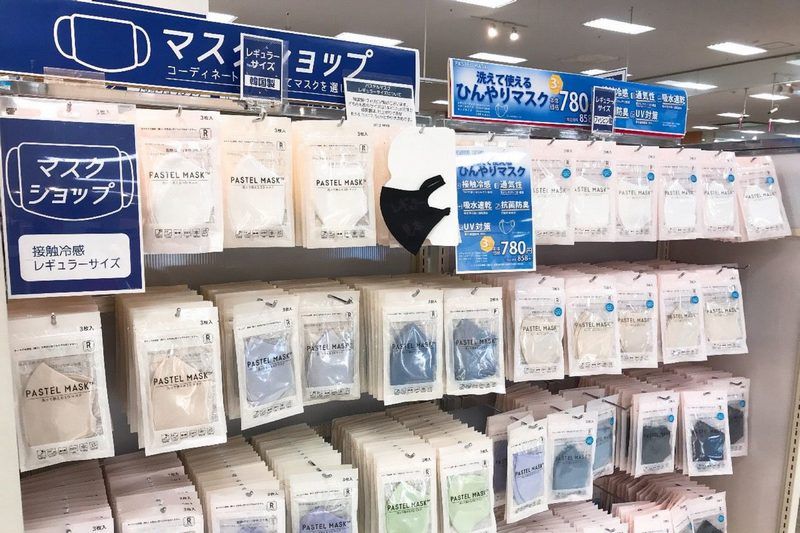Japanese who can't take off their masks
Since my son became a freshman in the first grade of primary school, it has been more than 2 years since he went to school without wearing a mask. Some of the friends who share the same nursery school (nursery) with their son also attend the same elementary school. During the nursery school period, they were picked up and dropped off every day, and they were often seen playing together with their little friends. Even I, who suffer from prosopagnosia, can remember the appearance of his little friend. Now, 2 years later, I met one of my friends when I was out on Sunday. If it wasn't for my son, they greeted each other, and they almost didn't recognize his face. Although children have also grown up and changed, it is more because they wear masks every day, and most of their faces are covered by masks.
Japan, a country that produces various Buddhist creatures, also adopts Buddhist practices in epidemic prevention measures. Unlike Western countries, when the epidemic is heating up, public power must be used to enforce city closures and people to wear masks, and it is not like Eastern countries talking about the epidemic, the spread of the epidemic is a bit serious, that is, people are panicked all day long. The Japanese government only needs to use its lip service to ask people not to move across counties, not to gather together, and not to drink too late... The vast majority of people can do it. Spontaneous power "moral persuasion". However, although the Japanese people are obedient, their own attitude towards the new crown virus, except for high-risk groups, most people are not very afraid, and certainly not anxious.

Note: The term " Buddha " is said to come from a Japanese popular magazine in 2014, which means a lifestyle and behavior that does everything without worrying about it.
It has been more than 2 years since the epidemic, not only children, but also adults "seem" to be addicted to wearing masks. Not wearing a mask when going out is a bit like walking on the street without clothes on. Although others won't point, but most of them will tell you Pay attention. Speaking of the history of Japanese wearing masks, there was such a habit long before the epidemic of the new crown virus, especially in the season when the pollen is scattered, some people need to wear masks every day. go out. According to statistics, 1 out of 4 residents in the metropolitan area suffers from hay fever. What’s worse is that this ratio is still rising. I am also suffering from it. I have written related articles earlier. Click here to go to . ( self-inflicted Japanese hay fever )
The recent epidemic in Japan has begun to slow down again, and it is about to enter the hot and humid summer. Such weather is prone to heatstroke, not to mention those who wear masks all day long. Not long ago, the Japanese government began to persuade the public to remove masks under certain conditions outdoors. People from Western countries don't need the government to say anything, they should have taken off their masks long ago. It would be surprising to Westerners to think that such a matter of removing masks actually requires the Japanese government to publicly persuade them. What is even more unimaginable is that even so, as many as 80-90% of the Japanese people are unwilling to take off their masks.
Japan's current regulations for not wearing masks outdoors are as follows. According to such standards, as long as you don't talk outdoors, it is basically the same as a complete lifting of the ban.
- Keep a distance of at least 2 meters from others.
- Walking, running, cycling, etc. are in a moving state.
- Even if he can't keep a distance of more than 2 meters, he hardly speaks.

However, why does the Japanese government need to take great pains to encourage people to take off their masks, but the vast majority of Japanese still refuse to take them off?
The main reason is that if you use an academic way of speaking, there will be peer pressure ; in a popular way , you don't dare to be different from everyone else, everyone wears it, and you don't dare to take it off first . Their family members know their own affairs, and the Japanese also know their own problems, but this problem seems to have been engraved in their DNA, and it is too difficult to treat.
For other reasons, women wearing masks can save time on makeup when they go out, and those who care about their appearance can at most spend some time on their eyes and eyebrows. Men can also be lazy and not shave. In addition, there is a psychological factor. Wearing a mask can give Japanese people an inexplicable sense of security. This may be a bit difficult for outsiders to understand, but some Japanese people do have this tendency. Before the epidemic, it was not the season of hay fever, and the parties were not sick. Even so, they would always wear masks as long as they left the house. Someone from a previous colleague had such a habit. Once out of curiosity, he directly asked him why he was wearing a mask, but he just smiled and didn't answer me.
Around the middle of last year (2021), it was less than half a year for all Japanese people to wear masks. A cosmetics company conducted a questionnaire survey and interviewed about 1,000 men and women. 35.8% answered that they were not used to going out without wearing a mask; 50.6% were used to wearing a mask to go out. The total of the two is as high as 86.4%, and the remaining talents are not used to wearing masks. If we do the same investigation now, we should be more accustomed to wearing masks.

There is another point to understand how the Japanese are Buddhist-based epidemic prevention. Looking closely at the styles of masks worn by Japanese people on the street, I have basically never seen anyone wearing N95 masks with better protection. Almost only artificial rubber masks and non-woven masks can be seen. The Japanese attach great importance to the point of masks, either they are good-looking and comfortable artificial rubber masks; otherwise, they are cheap non-woven masks. What is important is to wear it, after all, it has to be replaced every day, and the cost is not small for many years. The protection of artificial rubber masks against viruses is worse than that of non-woven masks, but the Japanese prefer good-looking ones. For a while, the government often produced test data to prove that non-woven materials are more effective, hoping to educate the public to change to more effective masks.


Finally, let's take a look at the vaccination rate of Japan's new crown vaccine. It has taken more than half a year since the third injection began, and it barely exceeded 60% on June 8 this year . Some Japanese people think that 2 injections are enough. Although the number of confirmed cases is still in the tens of thousands every day, the majority of people with mild or asymptomatic symptoms are more Buddhist.

2022/06/09 posted.
Original link to Japan behind-the-scenes observation
Like my work? Don't forget to support and clap, let me know that you are with me on the road of creation. Keep this enthusiasm together!





- Author
- More